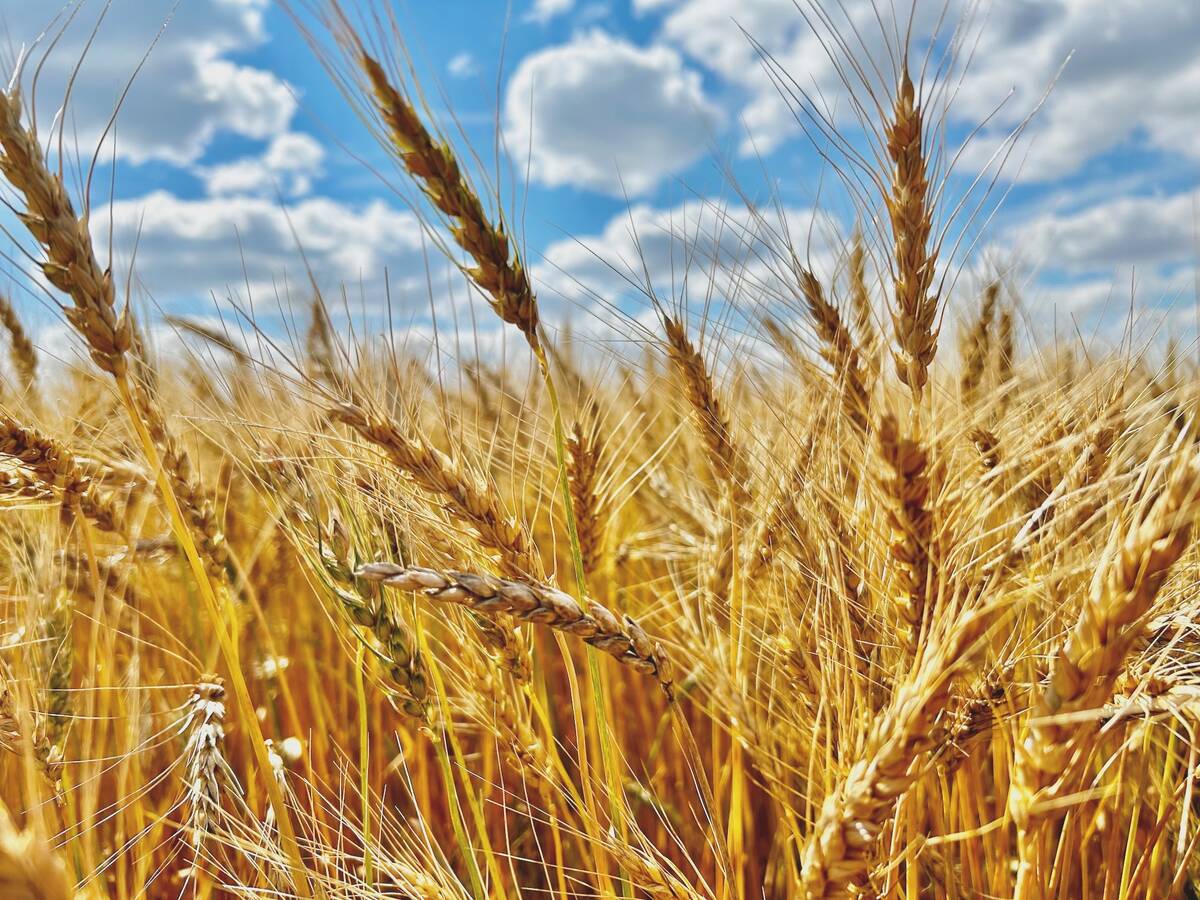MarketsFarm — Forecasts calling for more precipitation in the U.S. and trade talks with China are having powerful effects on prices at the Chicago Board of Trade this week from where one analyst sits.
Steve Georgy of Allendale Inc. in McHenry, Ill. said the forecast has been driving soybean prices to new contract lows. Already contending with wet conditions, U.S. farmers have been switching planting intentions from corn to soybeans, thus increasing expected supplies of the latter.
“If we do get our six- to 10-day forecast, that looks as wet as it is, the idea is we’re probably seeing more bean acres, and that’s giving pressure,” he commented.
Read Also

Prairie Wheat Weekly: CWRS slips, as CPSR, durum rise
Spring wheat cash prices were mixed while those for durum were a little higher across the Canadian Prairies for the two-week period ended Jan. 6.
Added to that, “the market is tired” of U.S./China trade talks. Outside of announcements of negotiations going well, and vague details on soybean sales to China, there has been nothing substantial to go on, Georgy explained.
High-level negotiations resumed in Beijing this week and are scheduled to continue May 8 in Washington. The next few weeks will be crucial in determining whether there will be a deal or not, he said.
“Those kind of jitters and nervousness are keeping the markets on edge,” Georgy said.
Although wheat prices were improving, they can’t be sustained without increased export sales, he noted. For the current crop year those have been sluggish and behind pace, according to the U.S. Department of Agriculture, due to a highly competitive global market.
With wet conditions in the U.S. causing planting delays, Georgy said the corn that is eventually in the ground will likely produce reduced yields and that would give prices some support.
However, he predicted there will still be a large carryout of corn in the next world agriculture supply and demand estimates (WASDE) to be issued by USDA on May 10. That would make it difficult to fuel any rally, he said.
— Glen Hallick writes for MarketsFarm, a Glacier FarmMedia division specializing in grain and commodity market analysis and reporting.














